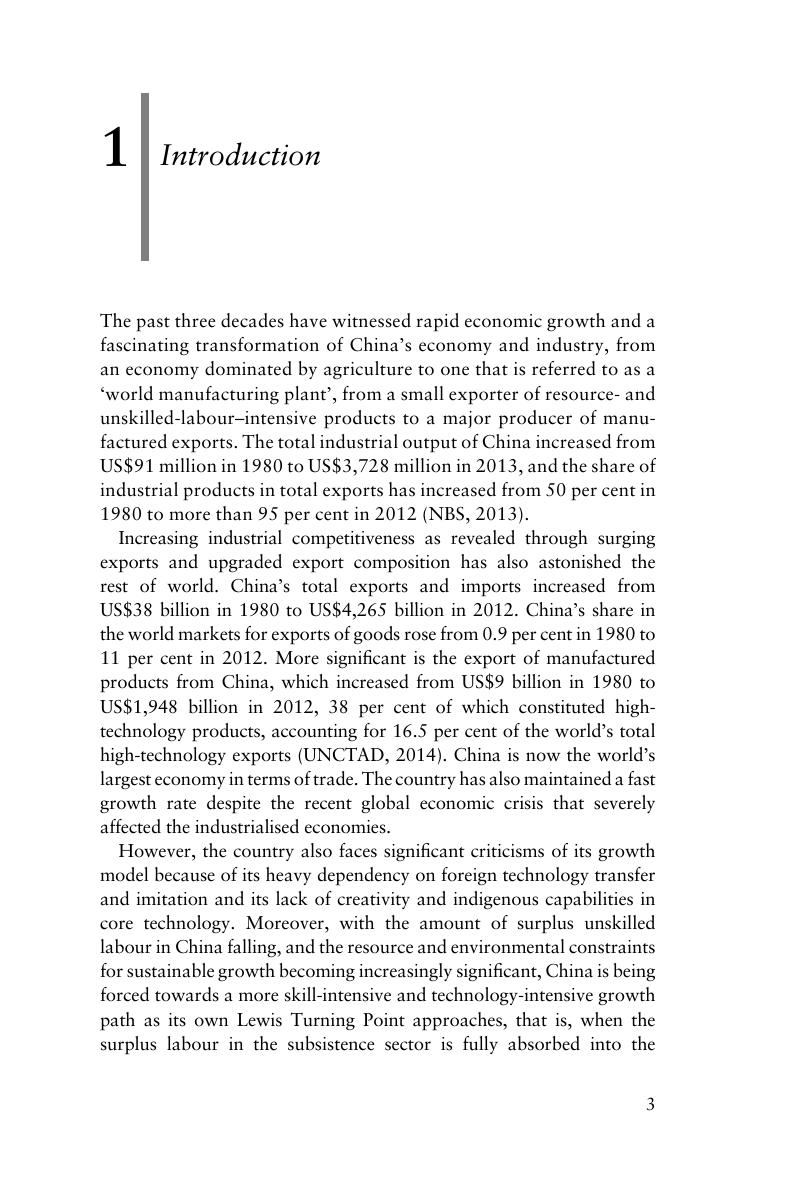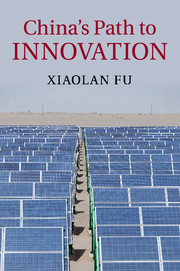Book contents
- China’s Path to Innovation
- China’s Path to Innovation
- Copyright page
- Contents
- Figures
- Tables
- Preface
- Abbreviations
- Introduction
- 1 Introduction
- 2 Innovation in China since the reforms: An overview
- Part I International knowledge transfer and technological takeoff
- Part II Development of indigenous innovation capacity and catch-up
- Part III Towards a global innovation leader
- Conclusions
- References
- Index
1 - Introduction
from Introduction
Published online by Cambridge University Press: 05 February 2015
- China’s Path to Innovation
- China’s Path to Innovation
- Copyright page
- Contents
- Figures
- Tables
- Preface
- Abbreviations
- Introduction
- 1 Introduction
- 2 Innovation in China since the reforms: An overview
- Part I International knowledge transfer and technological takeoff
- Part II Development of indigenous innovation capacity and catch-up
- Part III Towards a global innovation leader
- Conclusions
- References
- Index
Summary

Information
- Type
- Chapter
- Information
- China's Path to Innovation , pp. 3 - 14Publisher: Cambridge University PressPrint publication year: 2015
